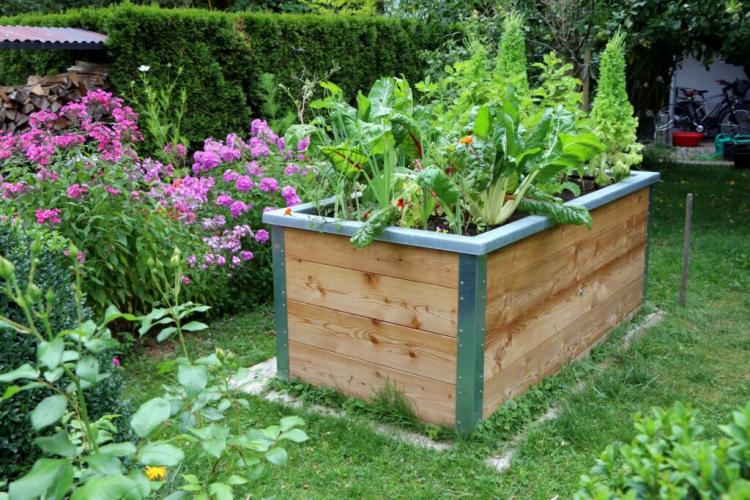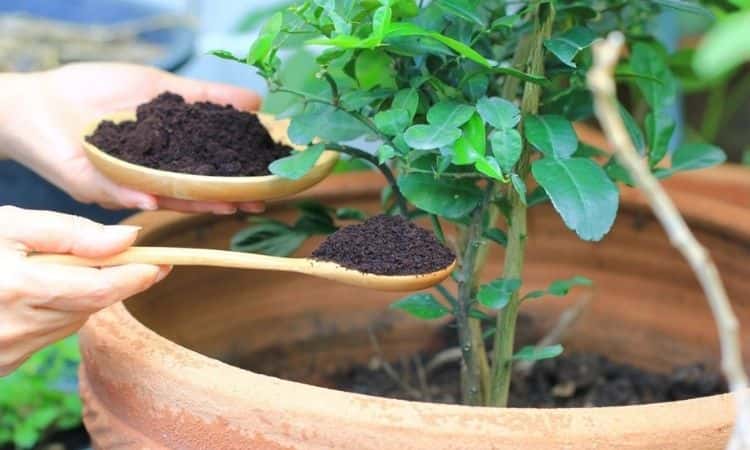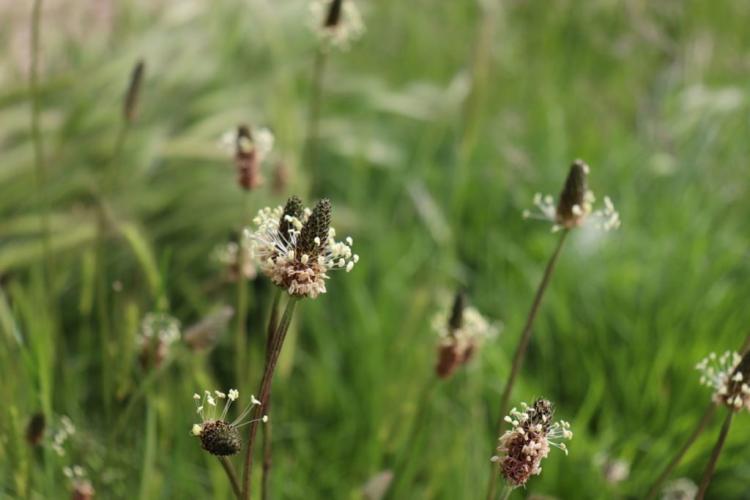What’s better: Build A Raised Bed By Yourself Or Buy?
Is it worth the effort to build a raised bed yourself? Or would you prefer to buy a raised bed or a kit? You will find answers to your questions here.
Raised beds are popular in the garden for a variety of reasons. They make it possible to grow vegetables, strawberries, or herbs even on less fertile soil or on terraces and balconies. They make access more difficult for snails, facilitate weed control and make gardening at a height of 70 or 80 cm much more comfortable and back-friendly than on the ground. Last but not least, raised beds in the garden are often an eye-catcher.
If you want to beautify your garden with a raised bed for one of these reasons, the question quickly arises of how and where you can best get the raised bed. Would you rather buy boards or pallets and build the raised bed yourself or buy a kit or a finished raised bed? This decision will be easier for you if you can better weigh the advantages and disadvantages of both options.
Build a raised bed yourself: what speaks for it
Table of Contents
Absolute flexibility
Assuming you decide to build a raised bed yourself, flexibility in terms of dimensions and materials as well as the equipment turns out to be a great advantage. You can decide individually how big and how high your bed should be. If you have a large garden, there are some arguments in favor of building the raised bed larger than a standard raised bed of approx. 2 x 1m.
Only slightly longer boards can easily increase your growing area by one or more square meters. Allotment gardeners, on the other hand, can adapt their raised bed perfectly to one or the other niche in the garden. With the do-it-yourself model, the height of the raised bed can also be individually adapted to your own body size or the root requirements of the future planting. For shallow-rooted herbs or strawberries, raised beds higher than 50cm would be the purest luxury.
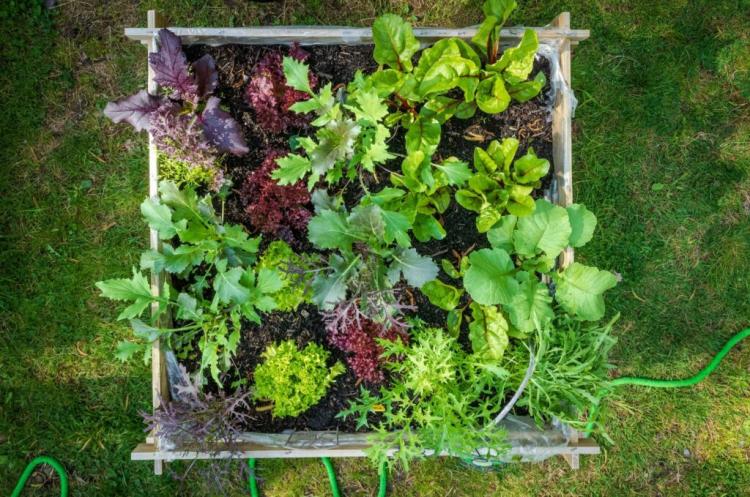
You can freely choose both size and shape when building it yourself
Free choice of material and opportunity to get creative
You can also choose which material you want to use. For raised beds made of wood, if you want durability, you can choose hardwood, for example. This possibility does not always exist with purchased raised beds, which are mostly made of softer wood (spruce, larch, etc.). About material, the question naturally arises as to whether you have any materials such as pallets, stones, or wood at your disposal or whether they can be purchased cheaply.
You Might Also Like How To Layer a Raised Garden Bed
In this case, you could let your creativity run free and, for example, build a (mobile) raised bed made of pallets, a more or less elaborate raised bed made of wood, or brick or dry-built raised bed made of stone. For mobile raised beds with wheels, because of the weight, it is best to use only divided pallets (which make a 40cm high raised bed) or boards made of softwood.
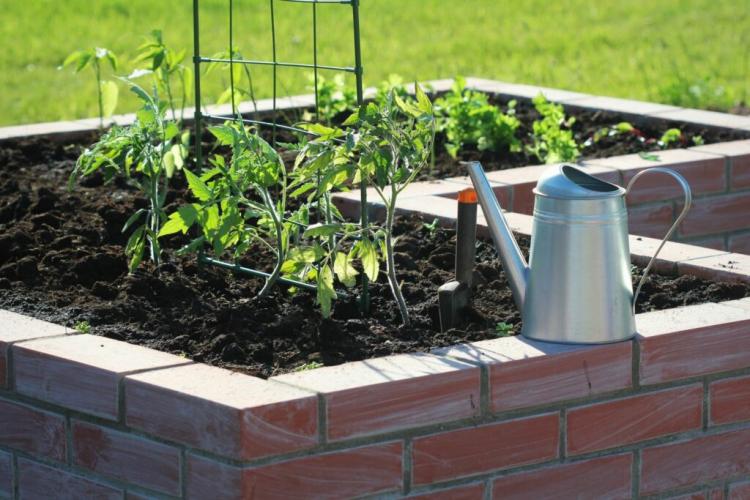
A brick raised bed is an eye-catcher
Individuality and low costs
A self-made raised bed certainly scores with its individuality and the personal value it has for the builder. Ultimately, a self-made raised bed is of course advantageous in that, on average, it is usually cheaper to buy a few posts and boards or pallets, nails, staples, and rabbit wire than an average 80 cm high raised bed.
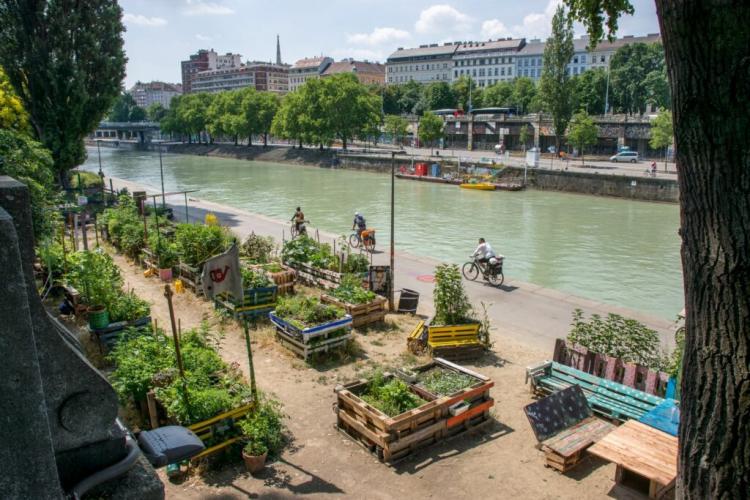
Inexpensive raised beds can be made from old pallets
Build a raised bed yourself: what speaks against it
There should be no shortage of advantages that speak in favor of building a raised bed yourself. But of course, the whole thing also has a small catch. Because a raised bed is not built in two hours. Even well-thought-out planning takes a little time, finding the right materials in the sawmill or hardware store is more time-consuming than loading the kit into the car and if the materials still have to be sawed to the right size, it takes a while. To build a reasonable level and stable raised bed, you should also have a little manual skill. A raised bed made of pallets or a kit can be a good compromise in terms of price and time.
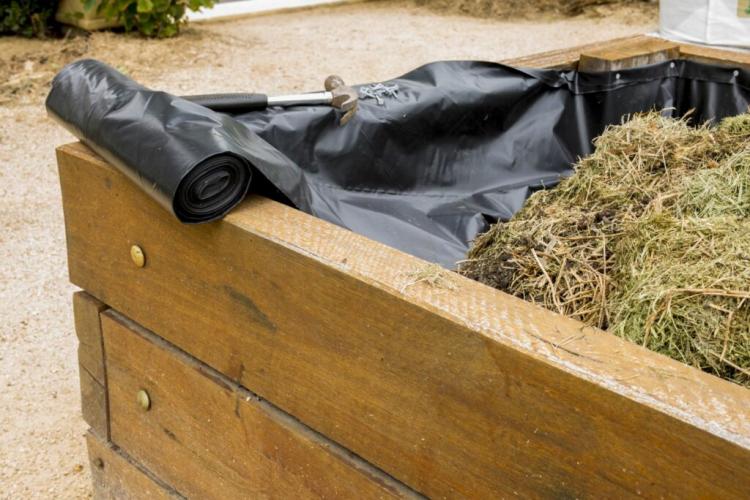
Building a raised bed definitely means work
Build a raised bed yourself: the advantages and disadvantages at a glance
Advantages:
- the dimensions of the raised bed can be chosen flexibly
- the material can be freely selected depending on the requirements for optics and durability
- Building the raised bed yourself offers a technical challenge and the opportunity to be creative and create something individual
- cheaper on average
Disadvantage:
- it takes time to plan the construction, to get the right material, and to build the raised bed
- a little manual skill is required
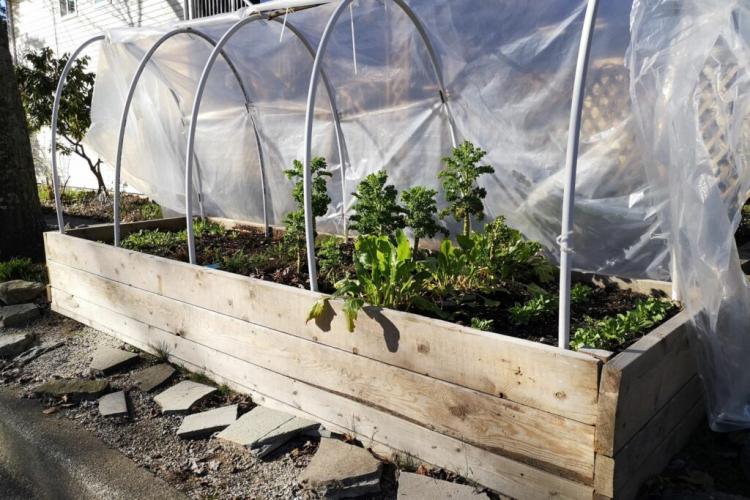
With some foil and scaffolding, the raised bed can be turned into a mini greenhouse
Buying a raised bed: When it makes sense to buy a raised bed
Minimal expenditure of time
A finished raised bed and, in some cases, raised bed kits are unbeatable in terms of the time required. All you have to do is find a location with the right dimensions, order the bed or the kit or buy it at a hardware store and the raised bed is in the garden. As far as the manual dexterity and the effort of assembly are concerned, kits can of course differ greatly. So if you really don’t want to have any work at all, you should be more careful with a kit and buy a ready-made raised bed to be on the safe side.
Purchased raised beds: a question of price
In terms of price, raised beds or kits can be a clear disadvantage compared to self-made raised beds, depending on the visual requirements. Above all, when buying a raised bed you should also consider that you may have to purchase some filling material and soil in addition to the raised bed if there are not several cubic meters of organic material and soil available in the garden. Especially when it comes to the price of a raised bed, you should definitely think about the material used.
Most finished, wooden raised beds or kits are made of softwood (spruce, Douglas fir, larch), whereby larch scores well in terms of its weathering resistance, comparable to hardwoods. Douglas fir performs even better than spruce, but cannot compete with a hardwood like oak. Raised beds made of oak, which are rarely found, are therefore worth a higher price if it is a longer-term purchase.

Raised bed kits made of different woods can be found in stores
Different raised beds to choose from: Keep an eye on the planned planting
Furthermore, when you buy a raised bed, you are of course far more limited in terms of the dimensions offered than when you build the bed yourself. It is more difficult to adapt the bed individually to the garden or the height of the gardener. For the different root requirements of the planned crops, however, there is already a considerable selection of deeper raised beds or beds on stilts.
These are practical because they are easier to fill and do not swallow up huge amounts of organic filling material and expensive soil. For many shallow-rooted plants such as radishes, onions, lettuce, or strawberries, raised beds with a depth of 40-50 cm are absolutely sufficient. Nevertheless, raised beds are worthwhile for these crops, as these are much more difficult to reach for snails, especially if a snail guard is also attached. For tall plants such as tomatoes or berry bushes, deeper raised beds are also better suited (40-50cm from the ground; no raised beds on stilts), as the plants can be better fixed and kept upright.
Tip: Not only the choice of the type of raised bed is influenced by the planned planting, but also the location of the raised bed.
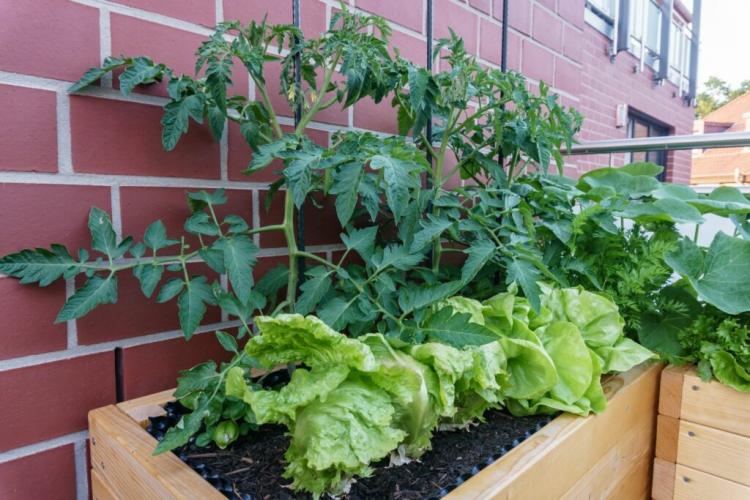
Small raised beds are suitable for balconies and patios
Ultimately, the choice of whether you build a raised bed yourself or buy it is a question of time, costs, and the manual labor that you want to invest.
We recommend the following books:
- Garden projects: for do-it-yourselfers: A MUST for every hobby gardener! This book provides many small do-it-yourself projects with step-by-step instructions, material lists, and tips on where to buy.
- Gardening with the raised bed: It’s that easy: Guide with detailed building instructions for raised beds made of different materials and for every garden style as well as numerous clever ideas and suggestions for the design and use of your raised bed.
- Building and planting hill beds raised beds, and hanging beds: This book offers numerous suggestions and detailed instructions for designing your garden.
You might so like:
